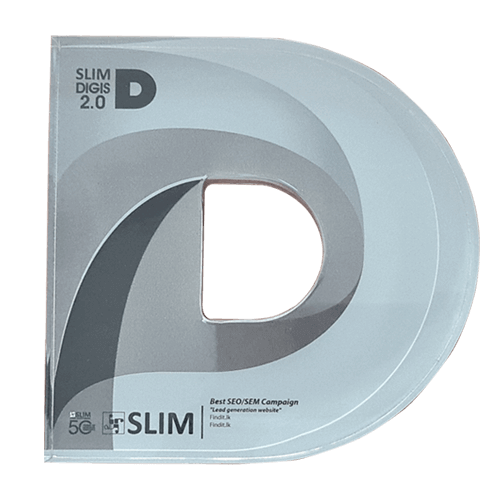
Does Sri Lanka Have Gold?
Sri Lanka, known for its rich natural resources, does indeed have gold. While the country is not widely recognized as a major gold producer, gold occurrences have been documented primarily in the central and southern regions of the island. This article explores the presence of gold in Sri Lanka, its geological distribution, and the current status of gold reserves as of 2025.
Geological Occurrence of Gold in Sri Lanka
Gold in Sri Lanka occurs in various geological settings. Historically, it has been extracted from river sediments, quartz reefs, and other mineral-rich deposits. Below are the primary sources of gold:
1. River Sediments
- Gold is commonly recovered from river sediments in Sri Lanka, particularly in the central and southern regions. These deposits are often formed through natural weathering processes, where gold from surrounding rocks is transported and deposited by rivers.
2. Quartz Reefs
- In the past, gold mining activities focused on a concordant quartz reef in central Sri Lanka. These reefs are significant geological formations known for hosting gold deposits, often associated with other valuable minerals.
3. Marshy Beds and Ultramafic Rocks
- In the southern parts of the country, gold has also been discovered in marshy beds surrounding dykes of ultramafic composition. Ultramafic rocks are known to host valuable mineral deposits, including gold, due to their unique chemical and geological properties.
Historical Context of Gold Mining
Gold mining in Sri Lanka has a long history, although it has not been a major contributor to the country’s economy in recent decades. Archaeological evidence suggests that gold mining was practiced in ancient Sri Lanka, particularly during periods of significant trade and cultural exchange. The focus was mainly on easily accessible gold deposits, such as those found in river sediments and surface outcrops.
Gold Reserves in Sri Lanka as of 2025
As of 2025, Sri Lanka's gold reserves remain relatively modest compared to global standards. However, there are ongoing efforts to assess and explore the potential for larger-scale extraction. Here are some key points regarding the country’s gold reserves:
- River Deposits: These continue to be the most accessible source of gold, although their economic viability is limited due to the relatively small quantities found.
- Untapped Potential: Geological studies indicate the presence of untapped gold deposits in deeper layers of quartz reefs and ultramafic formations, which may hold promise for future exploration.
- Gold as a Reserve Asset: The Central Bank of Sri Lanka maintains a certain amount of gold as part of its official reserves. While this gold is not mined domestically, it reflects the country’s reliance on gold as a stable asset for economic security.
Challenges and Future Prospects
The extraction and utilization of gold in Sri Lanka face several challenges, including:
- Economic Feasibility: Many of the country’s gold deposits occur in small quantities, making large-scale mining operations less viable.
- Environmental Concerns: Gold mining, particularly in river systems and sensitive ecological zones, can have significant environmental impacts if not managed sustainably.
- Exploration Limitations: Limited resources and expertise in modern mining technologies have hindered the exploration of deeper and more complex gold deposits.
Despite these challenges, there is potential for future development. Advances in mining technology and sustainable practices could make it possible to extract gold from previously inaccessible deposits, contributing to the country’s economy.
Conclusion
So, does Sri Lanka have gold? The answer is yes. Gold occurs in various forms across the central and southern regions, primarily in river sediments, quartz reefs, and ultramafic rock formations. While the country’s gold reserves are modest, there is potential for further exploration and sustainable utilization in the future. Understanding the geological and economic context of gold in Sri Lanka can help guide efforts to responsibly harness this valuable resource.
The Sri Lanka gold market price reflects a dynamic economic landscape influenced by global commodity trends, international currency fluctuations, local market demand, and national economic policies. Prices are determined through complex interactions between international spot rates, import costs, exchange rates, and domestic market conditions, serving as a critical indicator of economic stability and investment potential.
Top Picks

An Award-winning Website
for the Best SEO campaign of 2020,
SLIM DIGIS 2.0 Awards
Find All You Want in Day to Day Life
Daily Offers Events Deals Store Jobs Forums Business Directory TrendingPeople's Choice
Top People's Choice Recommendations for you
Best private Universities in Sri Lanka Best hotels in Sri Lanka Best restaurants in Colombo Best solar companies in Sri Lanka Best clothing Shops in Sri Lanka Day out Packages Colombo Best private hospital in Colombo Best Land Sale companies in Sri LankaFull board hotel offers Sri LankaFollow Us On Social Media
Our platform is dedicated to showcasing the latest promotions, offers, and discounts from top companies in Sri Lanka. Whether you're looking for exclusive day outing Packages and hotel offers in Sri Lanka, the Best courses in Sri Lanka from top universities, incredible deals from Supermarkets in Sri Lanka, mouthwatering food offers today, or unbeatable credit card offers in Sri Lanka, we've got you covered. And with Findit.lk People's choice, you'll discover recommended top companies in Sri Lanka in every industry, voted by Sri Lankan people and is the best place to find any brand from any industry recommended by people. Remember, at Findit.lk, it's all about saving money and time, ensuring that you can find anything you need in one convenient place.
Save Money, Save Time
Striving towards making Sri Lanka a better place to shop with great savings




















